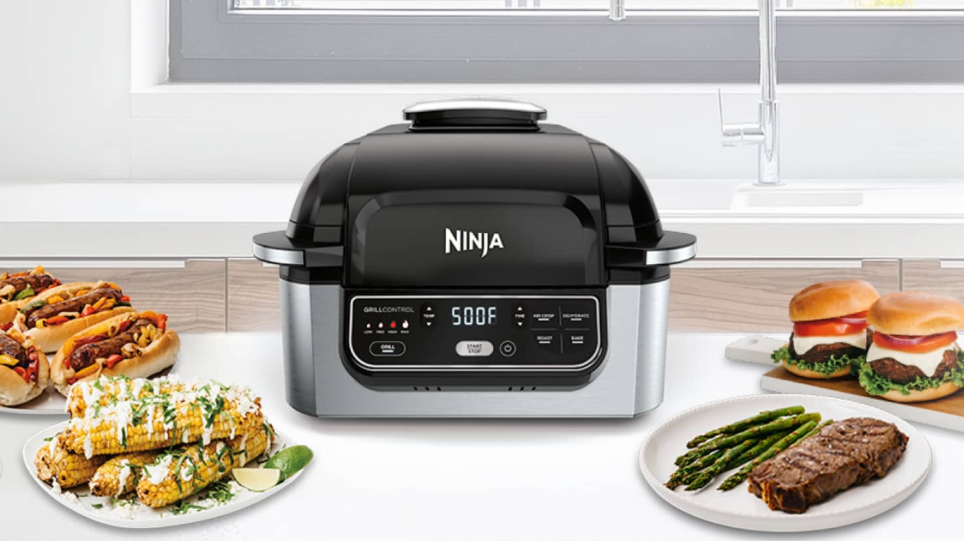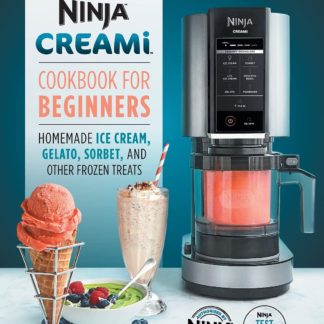INTRODUCTION
Growing up in India, cooking appliances were very limited, but the one thing that was an absolute must in every kitchen across the country was a stove-top pressure cooker. The sound of the pressure building and releasing, better known as “the whistle,” could be heard in every home before meals. My mom would have me sit in the kitchen and count whistles. I would wait for two or three, depending on what she was making, and then call for her to come turn off the stove. However, I was never allowed to go near the cooker or touch it out of fear of getting burned. When I discovered the Instant Pot a few years ago, it was a mealtime game changer. This truly “smart” pressure cooker with several built-in functions and safety features literally took the pressure off me while I cooked in my New Jersey kitchen with my young children. As a working parent, a major benefit of pressure cooking is that you can produce a nutritious, flavorful hot meal in less than an hour—and there is only one pot to clean!
The word “instant” in Instant Pot could be misleading for some because it doesn’t speed up the cooking time for all foods. For me, the key difference of cooking in the Instant Pot rather than on the stove is that the Instant Pot makes the process more hands-off, especially for Indian cooking. It is a true one-pot experience where you can cook traditional recipes like biryani, pongal, korma, and other dishes that would normally use multiple pots. More than fifty of the recipes in this book are adaptations of my family’s traditional recipes from the regions of Maharashtra and Gujarat in western India. Most of the North and South Indian recipes in these pages are popular dishes that I grew up eating in my hometown near Bombay (now Mumbai). In all cases, I’ve simplified the original recipes, using modern techniques to adapt them to the Instant Pot while preserving the authentic flavors.
The Instant Pot is designed with several smart presets, which help achieve consistent cooking. Once you know the cooking time for a specific ingredient, it is easy to use the same setting when using that ingredient to make a different dish. This consistency makes it easy for you to experiment with your own recipes!
The Pressure Cook or Manual setting can be used to set custom times, which you’ll be using with these recipes. In the DUO model, the pressure can be adjusted to high or low, making it a perfect option for cooking dishes like rice, chicken, lentils, and fish with variable cooking times.
The Sauté setting is crucial, especially for traditional Indian recipes. I start most of my recipes by making a tadka, or sautéing onion, ginger, garlic, and spices in hot oil or ghee. This key step releases the flavors of these ingredients while creating a base for the dish. The Sauté setting is followed by a pressure-cooking cycle that seals the flavors into the remaining ingredients of the dish. When finishing curries, Sauté can be used to bring the dish to the right consistency.
My goal for this cookbook, which is my dream realized, is to help both expert and novice cooks easily achieve authentic flavor with this modern-day method. These tried-and-true tested recipes aim to make home-cooked Indian cuisine attainable for all.












